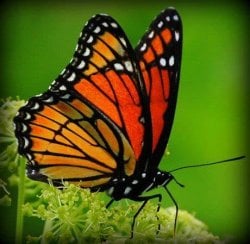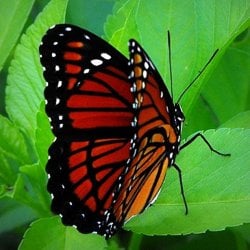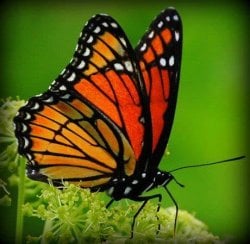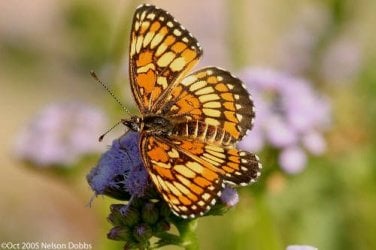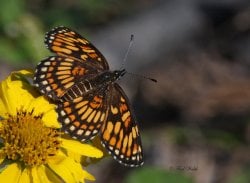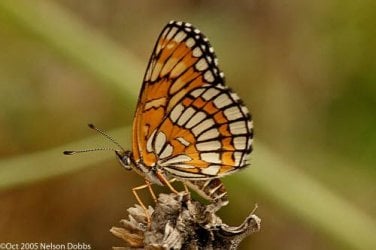beautress
Always Faithful
How Embarrassing. When I went to save it, this popped up: Southern Festoon Zerynthia polyxena
Sometimes digging takes weeks, sometimes you get lucky.



Wikipedia had this to say:
Z. polyxena is widespread in the middle and southern Europe (southeastern France, Italy, Slovakia and Greece) covering all the Balkans and reaching the south of Kazakhstan and the Urals. Although they are widespread they occur only locally. These rare butterflies can be found in warm, sunny and open places such as grassy herb rich meadows, vineyards, river banks, wetlands, cultivated areas, brushy places, wasteland, rocky cliffs and karst terrains, at an elevation of about 1,700 meters above sea level, but usually under 900 meters.
The southern festoon can reach a wingspan of 46–52 mm. The females have slightly longer wings, usually lighter colored than males. The basic color of the wings is yellow, with a complicated pattern of several black bands and spots.
On the edges of the hindwings they have a black sinuous line with a series of blue and red warning spots to deter potential predators (aposematism). The body is dark brown and bears red patches on the sides of the abdomen.
This species is rather similar to Zerynthia rumina, Zerynthia cerisyi and Zerynthia cretica. However this butterfly can be confused only with the Spanish festoon (Z. rumina). The differences are in the presence of blue on the hind wings of Z. polyxena and the relatively lower amount of red on its forewings as compared to Z. rumina. The ranges of these two species overlap only in southeast France.
The caterpillars of Z. polyxena are up to 35 millimeters long. They are initially black, then they are yellowish with six rows of fleshy orange and black spikes all over the body.
Sometimes digging takes weeks, sometimes you get lucky.
Wikipedia had this to say:
The southern festoon can reach a wingspan of 46–52 mm. The females have slightly longer wings, usually lighter colored than males. The basic color of the wings is yellow, with a complicated pattern of several black bands and spots.
On the edges of the hindwings they have a black sinuous line with a series of blue and red warning spots to deter potential predators (aposematism). The body is dark brown and bears red patches on the sides of the abdomen.
This species is rather similar to Zerynthia rumina, Zerynthia cerisyi and Zerynthia cretica. However this butterfly can be confused only with the Spanish festoon (Z. rumina). The differences are in the presence of blue on the hind wings of Z. polyxena and the relatively lower amount of red on its forewings as compared to Z. rumina. The ranges of these two species overlap only in southeast France.
The caterpillars of Z. polyxena are up to 35 millimeters long. They are initially black, then they are yellowish with six rows of fleshy orange and black spikes all over the body.

